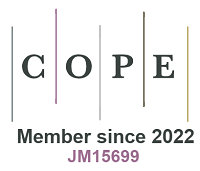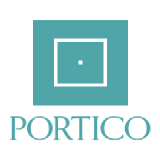Covalent organic frameworks for light-driven hydrogen peroxide production: design principles and mechanistic insights
Abstract
Hydrogen Peroxide (H2O2) is an environmentally friendly and effective oxidizing agent with wide applications in environmental treatment and industrial processes. The production of H2O2 from water and oxygen using solar energy represents a promising alternative to the traditional anthrahydroquinone method. Covalent organic frameworks (COFs) have recently emerged as highly efficient catalysts, achieving great effort in photocatalytic H2O2 generation. This review aims to highlight the latest achievements in COF-based photocatalysts for H2O2 production, focusing on advanced design strategies that optimize reaction pathways: oxygen reduction reaction (ORR), water oxidation reaction (WOR), and dual-channel pathway. We first elucidate the fundamental principles of photocatalytic H2O2 synthesis and critical factors governing reaction pathways. Then, we discuss COF innovations, including synthesis strategies, band structure optimization, and active-site implantation, that enhance charge separation, light absorption, and intermediate stabilization. Finally, we address key challenges and provide forward-looking perspectives on mechanistic probing and material design. This review establishes a structure-activity-mechanism framework to guide next-generation photocatalysts for solar H2O2 generation.
Keywords
Covalent organic frameworks, photocatalytic hydrogen peroxide production, reaction pathway, band structure
Cite This Article
Shu C, Wang X, Tan B. Covalent organic frameworks, photocatalytic hydrogen peroxide production, reaction pathway, band structure. Chem Synth 2025;5:[Accept]. http://dx.doi.org/10.20517/cs.2025.44












